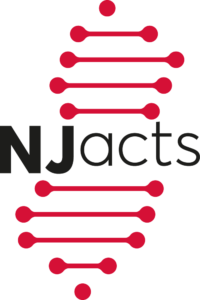 Please read Dr. Aleksunes’ article in Environmental Science & Technology titled, “Integrating Concentration-Dependent Toxicity Data and Toxicokinetics To Inform Hepatotoxicity Response Pathways.“
Please read Dr. Aleksunes’ article in Environmental Science & Technology titled, “Integrating Concentration-Dependent Toxicity Data and Toxicokinetics To Inform Hepatotoxicity Response Pathways.“
Chemical hepatotoxicity is the injury to the liver imposed by chemicals before or after their metabolic transformation and is a major concern to public health. In the pharmaceutical sector, the high incidence of hepatotoxicity is a leading cause of drug attrition and results in large financial losses for pharmaceutical companies. In industrial chemical risk assessment, liver effects are one of the most commonly observed outcomes in animal studies conducted for the purpose of hazard identification, likely due to the liver’s role in the metabolism and excretion of the chemical substance being tested. Testing chemicals for hepatotoxicity has traditionally been done using animal models. However, predicting hepatotoxicity using animal models is complicated both by low intra-species concordance between animals and humans and by high inter-individual variability in humans, a key factor contributing to idiosyncratic drug-induced liver injury. Additionally, the use of animal models to test chemicals for hepatotoxicity is costly, both in terms of dollars and animal use. The high resource cost with limited relevance to human health human risk assessment has prompted a call to revamp traditional chemical toxicity testing. This revamped approach relies on an increased understanding of the biological pathways leading to target organ effects, such as liver activation. Liver response pathways for effects resulting in cholestasis, steatosis, and fibrosis are available; however, expansion of these early examples through identification and convergence of biological events leading to hepatotoxicity remains a knowledge gap urgently required to refine predictions for both pharmaceutical and industrial chemicals. To read the full article.
Integrating Concentration-Dependent Toxicity Data and Toxicokinetics To Inform Hepatotoxicity Response Pathways. Russo DP, Aleksunes LM, Goyak K, Qian H, Zhu H. Environ Sci Technol. 2023 Aug 22;57(33):12291-12301. PMID: 37566783 PMCID: PMC10448720 DOI: 1021/acs.est.3c02792 Epub 2023 Aug 11.
